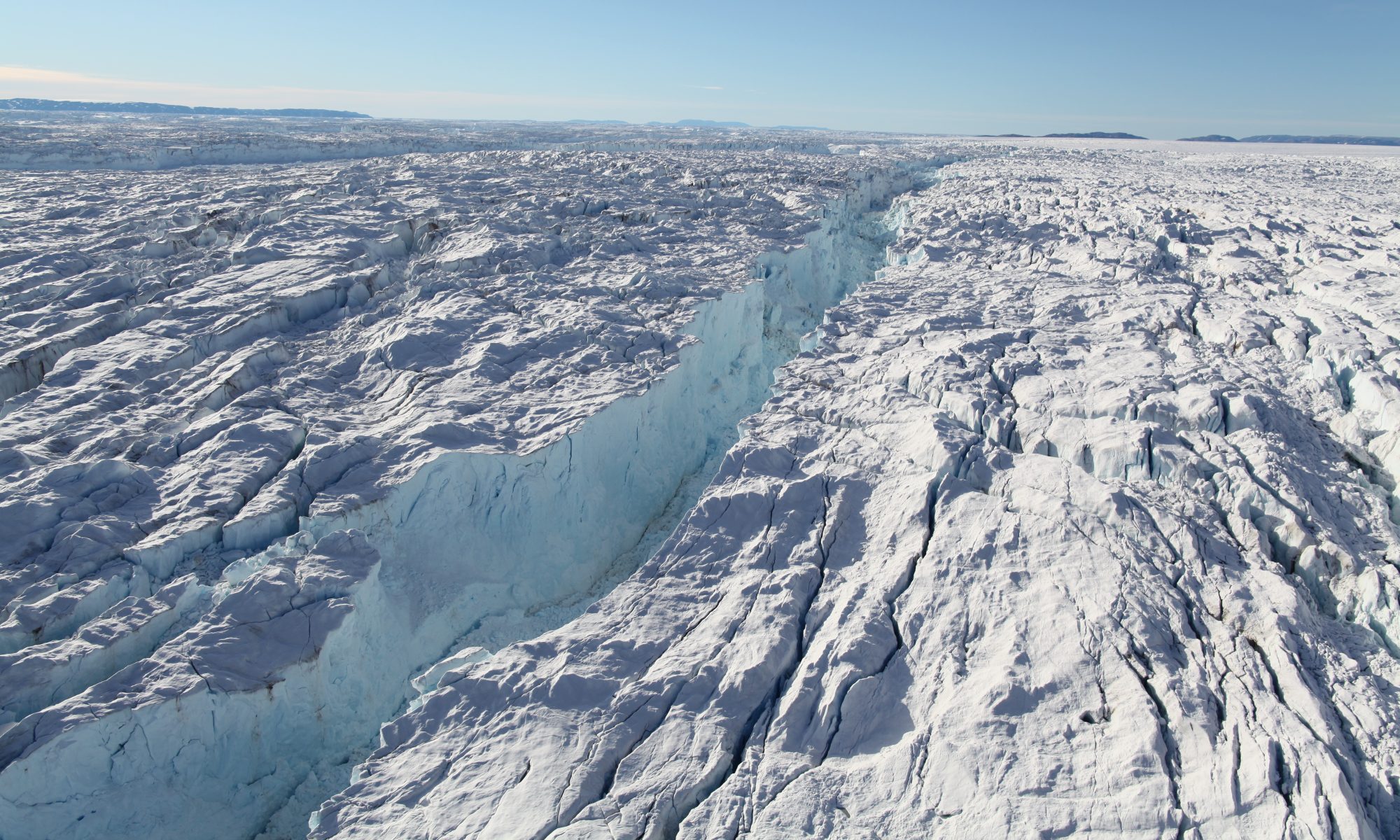Spaceborne SAR data contributing to the project
Spaceborne SAR data acquisitions between 2007 and 2010 are courtesy of the International Polar Year (IPY) Space Task Group (STG) (more information)
On the eve of the international polar year, international space agencies worked together to enable a complete InSAR survey of Antarctica. Here, we employ spring 2009 data from the Canadian Space Agency (CSA)’s and MacDonald, Dettwiler and Associates Ltd. (MDA)’s RADARSAT-2, spring 2007-2008-2009 data from European Space Agency (ESA)’s Envisat ASAR, and fall 2007-2008 data from the Japan Aerospace Exploration Agency (JAXA)’s Advanced Land Observing Satellite (ALOS) PALSAR, complemented by patches of CSA’s RADARSAT-1 data from fall 2000 and ESA’s ERS-1/2 data from spring 1996. Each radar instrument contributes its unique coverage and performance level. The final mosaic assembles 900 satellite tracks and more than 3,000 orbits of radar data.
| Platform/Sensor | SpaceAgency | Look Dir. | Mode | Repeat Cycle (day) | Frequency (GHz) | Year |
| ALOS PALSAR and ALOS-2 PALSAR-2 | Japan Aerospace Exploration Agency (JAXA) | Right | FBS | 46 | 1.27 – L Band | 2006-2010 |
| ERS-1 , ERS-2, and ENVISAT ASAR | European Space Agency (ESA) | Right | N/A | 1-3 | 5.33 – C Band | 1996 |
| RADARSAT-1 and RADARSAT-2 | Canadian Space Agency (ESA) | Left/Right | Varies | 24 | 5.33 – C Band | 1997/2000 |
| Copernicus Sentinal-1a/b | European Space Agency (ESA) | Right | IW-T OPS | 12 | 5.33 – C Band | 2014-2016 |
| COSMO SkyMed |
Agenzia Spaziale Italiana (ASI) |
Left/Right | Varies | 1-16 | X band | 2013 |
| TerraSAR-X and TanDEM-X | German Space Agency (DLR) | Left/Right | Varies | 11 | 9.65 – X band | 2011-2016 |
| ENVISAT/ASAR | European Space Agency (ESA) | Right | IS2 | 35 | 5.3 – C Band | 2007-2009 |
| Landsat-8/OLI | USGS/NASA | N/A | Panchromatic | 16 | 2013-2016 |
RADARSAT-1 and ALOS PALSAR data are provided through the Alaska Satellite Facility (ASF)
RADARSAT-2 data are processed (focused) and provided by MDA
